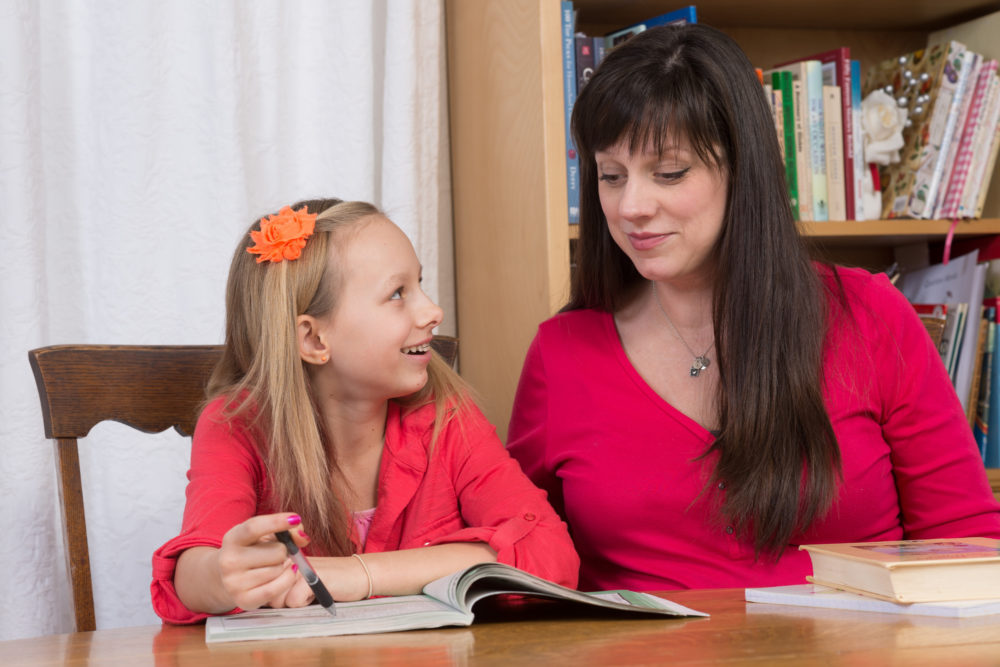Disclosure: This post may contain affiliate links, meaning we get a commission if you decide to make a purchase through our links, at no cost to you. Please read our disclosure for more info.
Due to the coronavirus pandemic, millions of parents have been forced to homeschool their children because of school closures. Between juggling work and caretaking, it can be difficult for parents to make sure their children are getting educated in these unprecedented times.
If you are new to homeschooling, like many parents, you may be wondering how you can provide the best environment possible for your children. Some of the most common homeschooling mistakes can be easily avoided.
In This Post:
1. Too Much or Too Little Time Spent on Schoolwork
When homeschooling, it is vital to find the right amount of time to dedicate to schoolwork every day. With too little school time, kids will have a harder time retaining the material, and with too much, they might become bored or distracted.
For children in elementary school, it’s recommended that they only have up to two hours of schooling a day, with longer time periods the older the students are. High school-aged kids should be studying for up to four hours every day.
When considering how much time you should spend teaching your children every day, you should also factor in study breaks. Taking regular time to step away from schoolwork is a great way for children to refresh their minds before going back to the material.
2. Relying Solely on Technology
Although technology has made distance learning much easier, it still cannot completely replace the help of parents and adult figures in a child’s education. If one of your children requires special needs homeschooling, you may have to be more hands-on.
Generally, the older the student, the less physical time they will need in order to learn. For example, high school students can learn almost all of their material by themselves, but a kindergartener may need more instruction.
Sometimes it can be better for children to learn from printed material rather than from a screen. Physical reading and writing have been shown to help retain and memorize information more easily.
3. Only Learning in the House
One of the best aspects of homeschooling is the amount of flexibility that it offers both parents and children. Even during a pandemic, you should still try to take your children’s education outdoors, rather than only staying in the house.
If you are learning about the environment, you can take the family on a hike and identify common plant and animal life. Or you can safely visit an exhibition or museum to see some of their educational material in a more interactive way.
When your children feel cooped up, you can take advantage of learning from home and set their study space up outdoors. Getting regular time outside of the house can help with mental wellbeing.
Make No More Homeschooling Mistakes
It is natural to make homeschooling mistakes if you are new to the territory. However, with the right methods, you can give your children the best education possible while homeschooling them.
Would you like more parenting advice for children of all ages? Visit our blog for all of the tips and tricks you will need.

